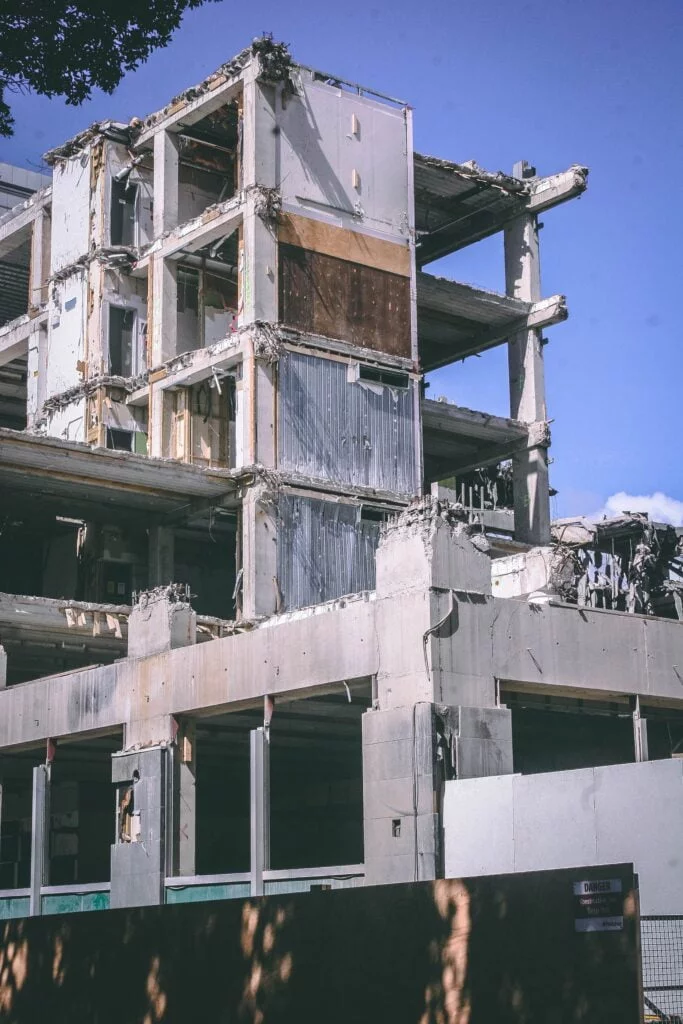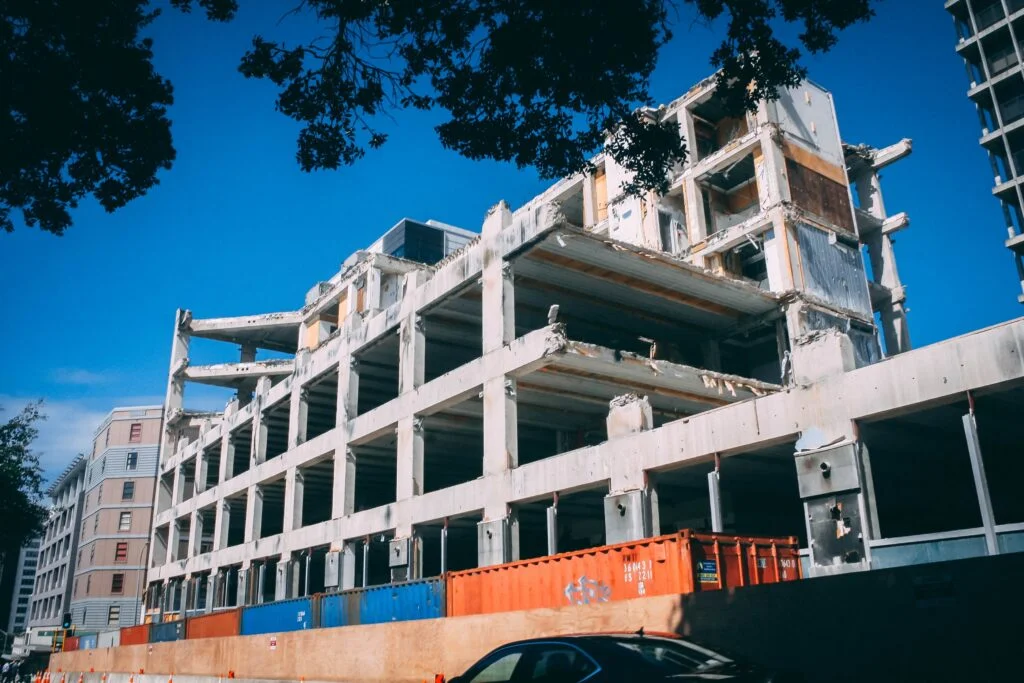Because the Philippines is located on the Pacific Ring of Fire, it is one of the world’s most earthquake-prone countries. Many disastrous earthquakes have struck the country in the past, causing widespread damage and loss of life.
To avoid similar calamities in the future, earthquake engineering has become an important part of building design and construction in the Philippines.
Earthquake Engineering in the Philippines
The study of the behavior of buildings and other structures under seismic loading is known as earthquake engineering. It entails designing and developing earthquake-resistant structures in order to minimize damage and loss of life in the case of an earthquake.
Earthquake engineering has become an essential component of building design and construction in the Philippines.

Building Codes and Standards
Building rules and regulations have been established in the Philippines to govern the design and construction of structures in earthquake-prone locations.
These norms and standards are intended to ensure that buildings are built to resist seismic loading and that damage is minimized in the case of an earthquake.
Design Considerations
Engineers must consider a variety of issues when designing buildings in earthquake-prone areas, such as soil type, building height, and building materials. Engineers must also consider the possibility of ground failure, such as liquefaction and landslides, which can cause major structural damage.
Engineers utilize seismic-resistant design approaches such as base isolation, dampening, and energy dissipation to ensure the robustness of structures. These strategies assist buildings in absorbing and dissipating seismic energy, lowering damage and the risk of collapse.
Construction Techniques
Building methods are also important in earthquake engineering in the Philippines. Engineers must guarantee that structures are built to the greatest standards of quality, utilizing appropriate materials and processes.
In earthquake-resistant structures in the Philippines, construction techniques such as reinforced concrete and structural steel are often used. Because these materials are strong and ductile, buildings can sustain earthquake loads without collapsing.
Buildings are also built to high quality requirements to guarantee that they are earthquake resistant.
Building Retrofitting
Building retrofitting is a significant part of earthquake engineering in the Philippines, in addition to designing and constructing earthquake-resistant buildings. Retrofitting entails modifying existing structures to make them more earthquake resistant.
Retrofitting procedures can involve reinforcing existing structures, enhancing foundation systems, and strengthening walls and floors.
Retrofitting older buildings can considerably increase their resilience, reducing damage and loss of life in the case of an earthquake.
Conclusion
In the Philippines, earthquake engineering is an important part of building design and construction. Because of the country’s location on the Pacific Ring of Fire, earthquake-resistant infrastructure are critical to avoiding severe calamities. Engineers in the Philippines are attempting to produce resilient structures that can withstand earthquakes and preserve lives and property by enforcing strong building norms and standards, seismic-resistant design techniques, and high-quality construction.
While the country’s seismic activity increases, earthquake engineering will remain an important part of building design and construction in the Philippines.
To see other material construction, please see here.
To know other construction guides, tips, and methodology for beginners, veterans, and contractors, please see here.

